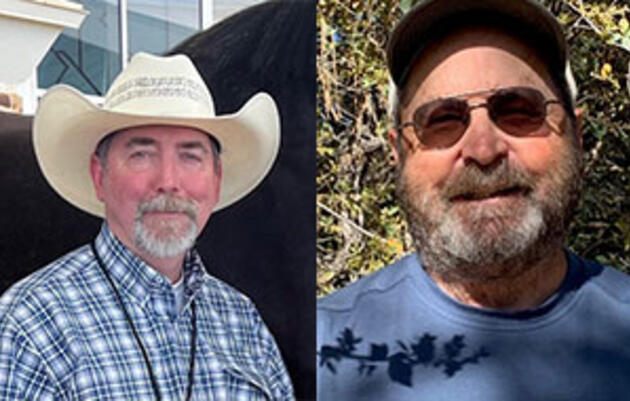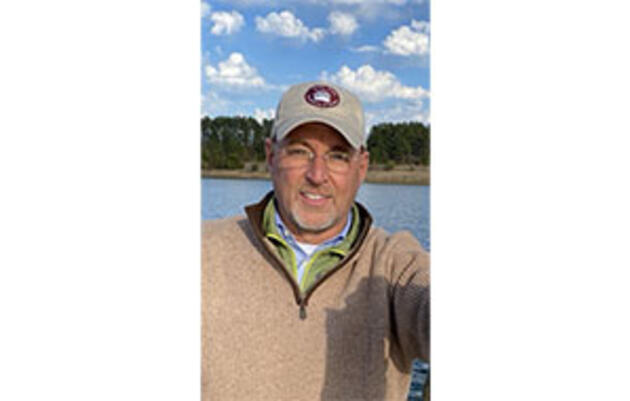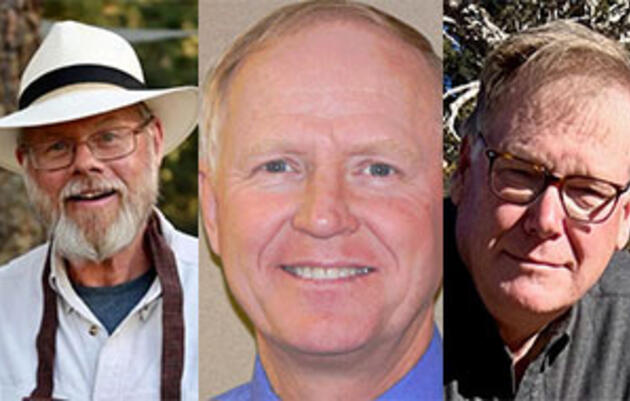Opinions on Sage-Grouse
Among the more famous species found in sagebrush country is the Greater Sage-Grouse. This generally secretive bird finds itself in the public eye as land managers struggle with how best to consider new science that clearly indicates need for action around the bird and their sagebrush habitat, the largest contiguous ecosystem in the continental United States.
Scientists reported that Greater Sage-Grouse populations range-wide have declined by 80 percent since 1965 and roughly 1.3 million acres (an area the size of Delaware) of functioning sagebrush lands are lost each year. The Bureau of Land Management, who manages the majority of lands inhabited by sage-grouse, are undertaking an important effort to review their land use plans.
Here are what people from Wyoming to Oregon are saying about these plans, which will ultimately impact 67 million acres of federally managed public lands across the West:
Enhancing Protections for the Greater Sage-Grouse: A Pivotal Moment for Conservation
Sage-grouse biologist Tom Christiansen's op-ed in the Casper Star Tribune.
Colorado, Western U.S. are at a crossroads for the fate of the greater sage grouse
“Good for the bird, good for the herd” philosophy is key as BLM looks at changes to how it manages the millions of acres of habitat
As go the sage grouse, so goes Wyoming
Managing habitats to conserve sage grouse will benefit other species of conservation concern and public land users. Published in WyoFile.
Urgent conservation needed for Nevada’s sagebrush biome
An op-ed in The Nevada Independent.
The BLM’s sage grouse plan doesn’t go far enough. It’s time to look at the science.
The science is clear about the loss of birds and deterioration conditions and threats facing sagebrush lands. Published in the Salt Lake Tribune.
Uncertainty is simply bad for business — Sagebrush Country and a 'quirky' bird
An op-ed in the Reno Gazette Journal.









